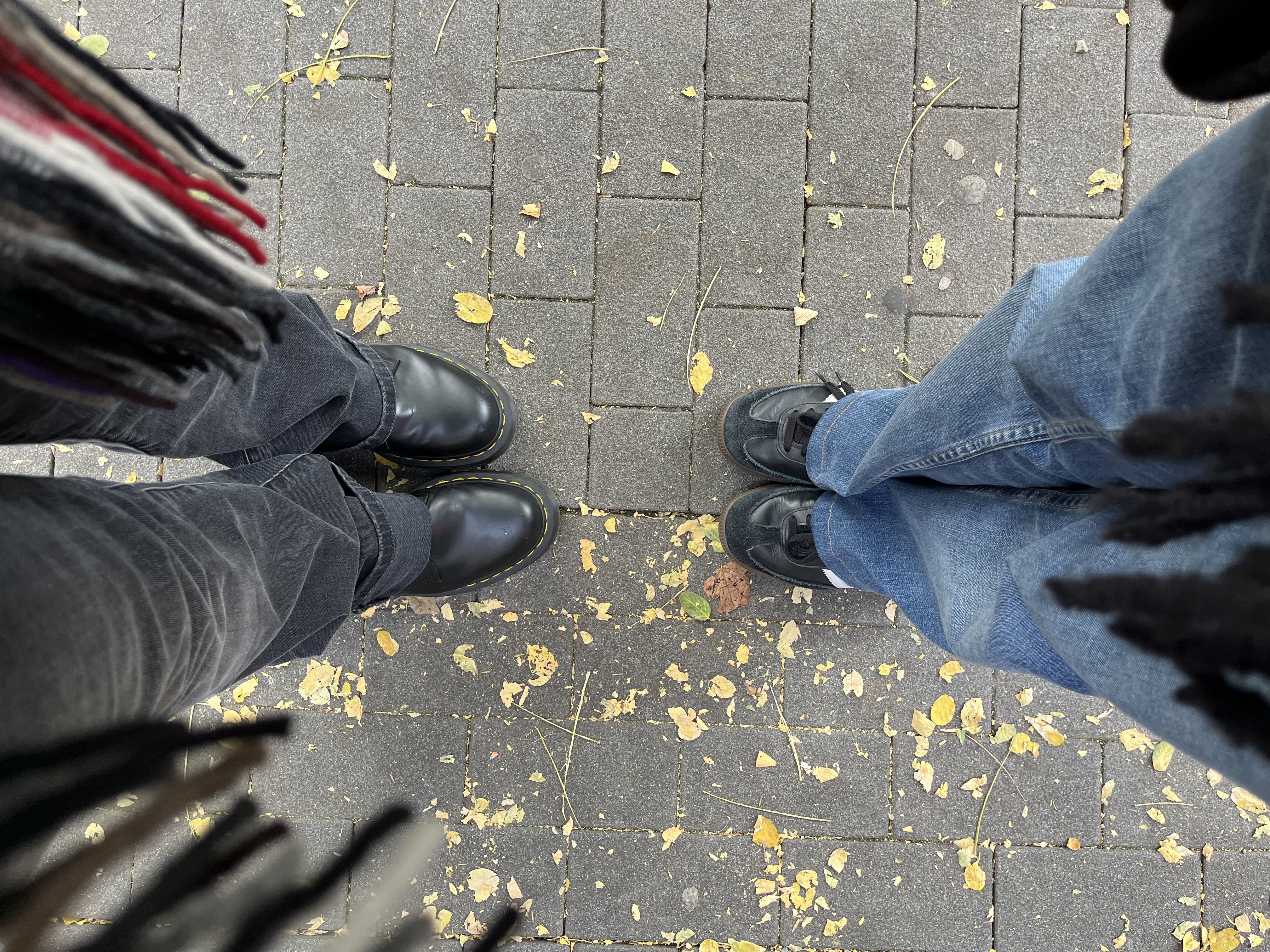Electricity
Cards (48)
- Cell
- Battery
- Open switch
- Closed switch
- Fixed resistor
- Ammeter
- Voltmeter
- Variable resistor
- Fuse
- Diode
- Light Emitting Diode (LED)
- Potential Difference
- Current in metals
- Current in a circuit
- Unit of charge
- Unit of current
- Direct current
- Series circuits
- Parallel circuits
- Alternating current
- Current
- Potential difference
- Resistance
- Flow of charge is...
- Electricity practical 6 marker: IV Graphs
- IV Graphs - Resistor
- IV Graphs - Filament lamp
- IV Graphs - Diode
- Thermistor graph
- Light dependent resistor (LDR) graph
- Current in a series circuit
- Current in a parallel circuit
- Voltage in a series circuit
- Voltage in a parallel circuit
- Brown wire
- Blue wire
- Green and yellow wire
- Alternating Current (AC)
- Direct current (DC)
- Resistance in a series circuit
